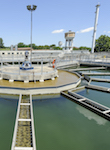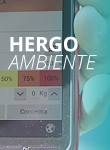Waste-to-energy plants: a resource for the circular economy
Focus
Focus
Category Facet
Custom Facet
Search Results
-
Web Content Article · By Palvi Andrea Tonziello On Aug 4, 2020 5:25 PM
An investment of Euro 37 million. A plant that disposes of 100 thousand tonnes of organic waste produced by separate waste collection and another 35 thousand tonnes coming from green waste and...
circulareconomy Categoria Progetto: Heratech Project Innovation -
Web Content Article On Aug 4, 2020 5:20 PM
District heating is already in itself a "sustainable" and environment-friendly solution, because it can guarantee better performance than traditional domestic boilers. In addition, the plant...
Categoria Progetto: Heratech Project Energy Efficiency -
Web Content Article · By LUCIA ALGISI On Aug 4, 2020 4:49 PM
Thanks to the Optimised Seawater Protection Plan”, Rimini's beaches will be 100% safe to swim. Discover the most important milestones and works of the project to protect the sea
psbo Categoria Progetto: Heratech Project Circular Economy Water Project -
Web Content Article On Aug 4, 2020 3:32 PM
Thanks to Imola's cogeneration plant, which produces electricity and heat from a single source, the city and its district are completely self-sufficient in case of blackouts. Find out more about...
Categoria Progetto: Heratech Project
Asset Publisher
Producing electricity and heat from non-reusable waste. How? In a waste-to-energy plant: it's a safe and legally compliant plant and an energy resource for the local area.
A waste-to-energy plant, in fact, is a plant in which the heat from the combustion of waste is recovered to generate steam, which is then used to produce electricity or for district heating. link to the district heating page
Our nine waste-to-energy plants cover a catchment area of over 3 million inhabitants in the provinces of Ferrara, Modena, Bologna, Forlì-Cesena, Rimini, Isernia, Padua, and Trieste and "enhance" the heat produced for the benefit of the local area. How? By generating both electricity, fed into the Italian distribution network, and heat, sent to homes or users in the surrounding area, through a special distribution network.
HOW DOES A WASTE-TO-ENERGY PLANT WORK?
Watch the video for a quick and simple explanation of the basic operation of a waste-to-energy plant.
ARE WASTE-TO-ENERGY PLANTS DANGEROUS?
No. These plants are safe, compliant with the regulations, and contribute less than 1% of total emission sources for dioxins, PM10, NOx, and other major air pollutants (ISPRA data).
The only waste consists of ash (about 20% by weight of the treated waste) and particulate (about 3% by weight of the treated waste). Ash is generally used for recovery and production of secondary raw materials for the cement industry, while the particulate is stabilised to reduce any potential pollutants and make it suitable for disposal in an authorised plant.
Do you want to know more about our waste-to-energy plant emissions? Visit the section on our website.
The waste-to-energy plants are subject to constant monitoring and checks conducted by both Herambiente itself and competent agencies. Checks are carried out with the utmost transparency and anyone can verify the results: the main emission parameters are published and updated every half hour on the website www.herambiente.it. Transparency, in fact, has always been a value for Herambiente, since it manages waste and material and energy recovery activities without compromising the quality of the surrounding environment, with the utmost respect for the territory and adopting solutions with the lowest environmental impact.
Search Bar
Tag Facet
Search Results
Asset Publisher
Creating shared value report 2024

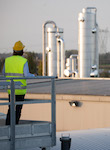

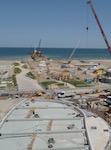
.jpg/9565bb79-c635-94a1-62b9-d0a45db370e3)

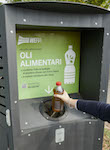

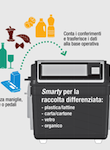

.jpg/468d051b-ba80-83a6-359d-7ef55eefd940)
